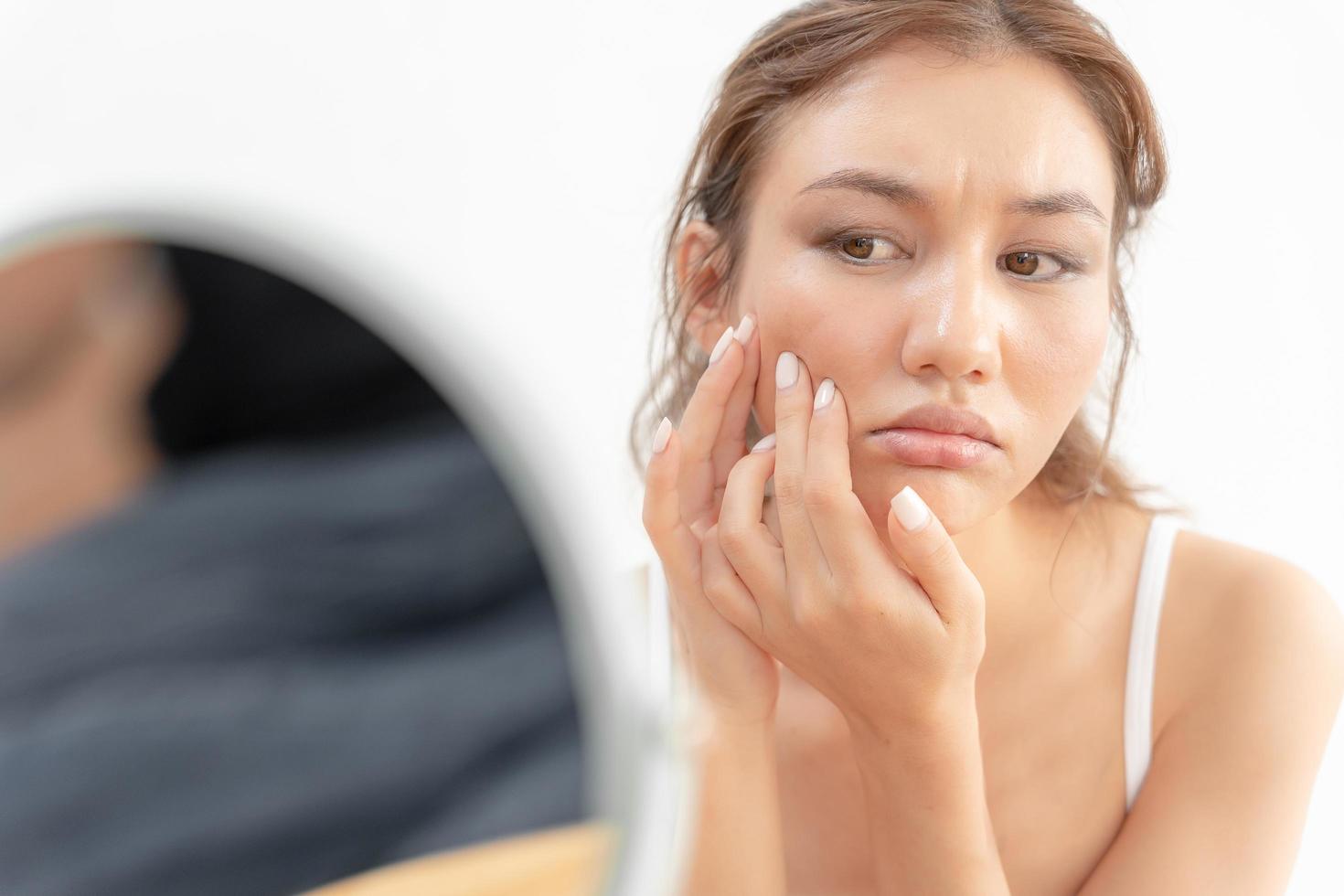Frosty Days Sunburn Woes, As winter unfolds its icy tapestry, the crisp air and snow-covered landscapes bring a sense of tranquility. However, amidst the winter wonder, there lurks an unexpected adversary – the sun. While the sun may seem less intense during the colder months, the risk of sunburn persists, potentially leading to the unwelcome appearance of dark spots and pigmentation. In this article, we delve into the intricacies of winter sunburn, exploring why it occurs and how to effectively defend your skin against the emergence of dark spots.
The Winter Sun Paradox:
Winter sunburn may sound contradictory, but the sun’s harmful ultraviolet (UV) rays remain a year-round threat. Snow-covered surfaces act as mirrors, reflecting and intensifying the sun’s rays. Even on cloudy days, UV rays penetrate through, making it essential to prioritize sun protection during frosty days.
Understanding Dark Spots and Pigmentation:
Dark spots, also known as hyperpigmentation, are areas of skin that have darkened due to an excess of melanin. Sun exposure is a common trigger for dark spots, and during winter, inadequate sun protection can contribute to their development. Understanding the relationship between sun exposure and pigmentation is crucial for effective prevention.
The Hidden Consequences of Winter Sunburn:
While the immediate discomfort of sunburn might be less noticeable in winter, the long-term consequences can be significant. Sunburn damages the skin cells, leading to premature aging, fine lines, and the formation of dark spots. Recognizing the hidden consequences emphasizes the need for consistent sun protection throughout the year.
Choosing the Right Sunscreen:
Selecting an appropriate sunscreen is the first line of defense against winter sunburn. Opt for a broad-spectrum sunscreen with a Sun Protection Factor (SPF) of at least 30. Look for formulations that provide protection against both UVA and UVB rays. Consider sunscreen options that offer moisturizing properties to combat winter dryness.
Layering Sun Protection:
In the winter, the inclination to layer up with clothing extends to sun protection as well. Beyond applying sunscreen to exposed skin, consider incorporating sun-protective clothing, hats, and sunglasses into your winter wardrobe. This comprehensive approach ensures that your skin remains shielded from the sun’s harmful rays.
Consistent Application is Key:
Sunscreen is not a one-time application; it requires consistent reapplication throughout the day, especially if you’re spending extended periods outdoors. Develop a routine of reapplying sunscreen every two hours, or more frequently if you engage in activities like snow sports that may cause the sunscreen to wear off.
Post-Sunburn Care:
In the unfortunate event of sunburn, prompt and soothing care is crucial. Aloe vera, cold compresses, and moisturizers can help alleviate discomfort. Avoid picking or peeling the sunburned skin to prevent further damage, and consult a dermatologist if needed.
Holistic Skincare:
Beyond sunscreen, adopting a holistic approach to skincare enhances your skin’s resilience. Stay well-hydrated, incorporate antioxidants into your skincare routine, and nourish your skin with moisturizers that combat winter dryness. This comprehensive approach fortifies your skin against the winter sun’s unwelcome effects.
Conclusion:
As the winter sun casts its gentle glow, it’s easy to underestimate its potential impact on our skin. The threat of sunburn, dark spots, and pigmentation remains, necessitating a proactive and informed approach to skincare. By understanding the nuances of winter sun exposure, choosing effective sun protection, and adopting a holistic skincare routine, you empower your skin to withstand the frosty days without succumbing to sunburn woes. Embrace the beauty of winter with radiant, protected skin – a testament to your commitment to year-round skin health.



